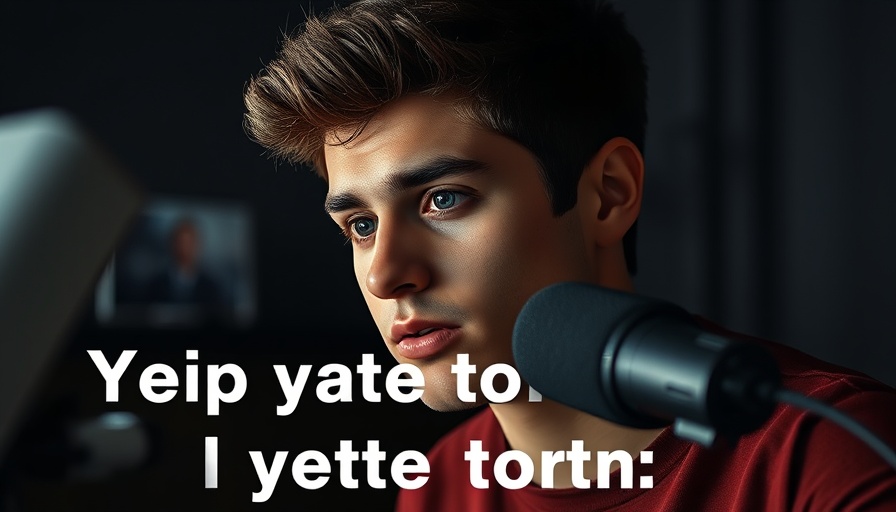
How AI is Revolutionizing Creative Industries
Artificial intelligence (AI) is making waves in various sectors, especially in creative fields like art, music, and design. The integration of AI creativity tools has sparked new conversations around the artistic process, enabling advancements that were once the realm of science fiction. For instance, AI art generators and AI music generation platforms are facilitating collaborations between machines and humans in unprecedented ways.
In 'My Favorite ChatGPT Agent Use Case 👌', the discussion dives into how artificial intelligence is reshaping creative fields, prompting us to explore the key insights and implications of these technologies.
Unlocking New Possibilities with AI Tools
AI-powered writing tools, such as generative AI, allow writers to streamline their creative processes and explore genres they may never have considered. These tools do more than just assist—they can inspire innovative storytelling and push the boundaries of traditional narratives.
AI’s Role in Enhancing Human Expression
As AI becomes more accessible, its application in creative sectors is democratizing creativity. Artists, musicians, and designers now have access to AI design tools that open doors to experimentation and exploration. Whether it's through AI art platforms or AI in photography, the potential for human expression is growing exponentially.
A Balancing Act: The Promise and Perils of AI in Art
Despite the exciting prospects, the rise of AI in creative domains raises vital questions about originality and the value of human craftsmanship. As we embrace AI technologies, we must also consider their implications on the creative ethos. How do we ensure that innovation supports artists rather than replaces them?
Conclusion: Embracing the Future of Creativity with AI
AI is undoubtedly a transformative force in the creative world. As more professionals adopt AI tools, the landscape will continue to evolve, fostering new collaborations and artistic expressions. It's essential for us to engage thoughtfully with these advancements, understanding their benefits and challenges.
 Add Row
Add Row  Add
Add 




Write A Comment